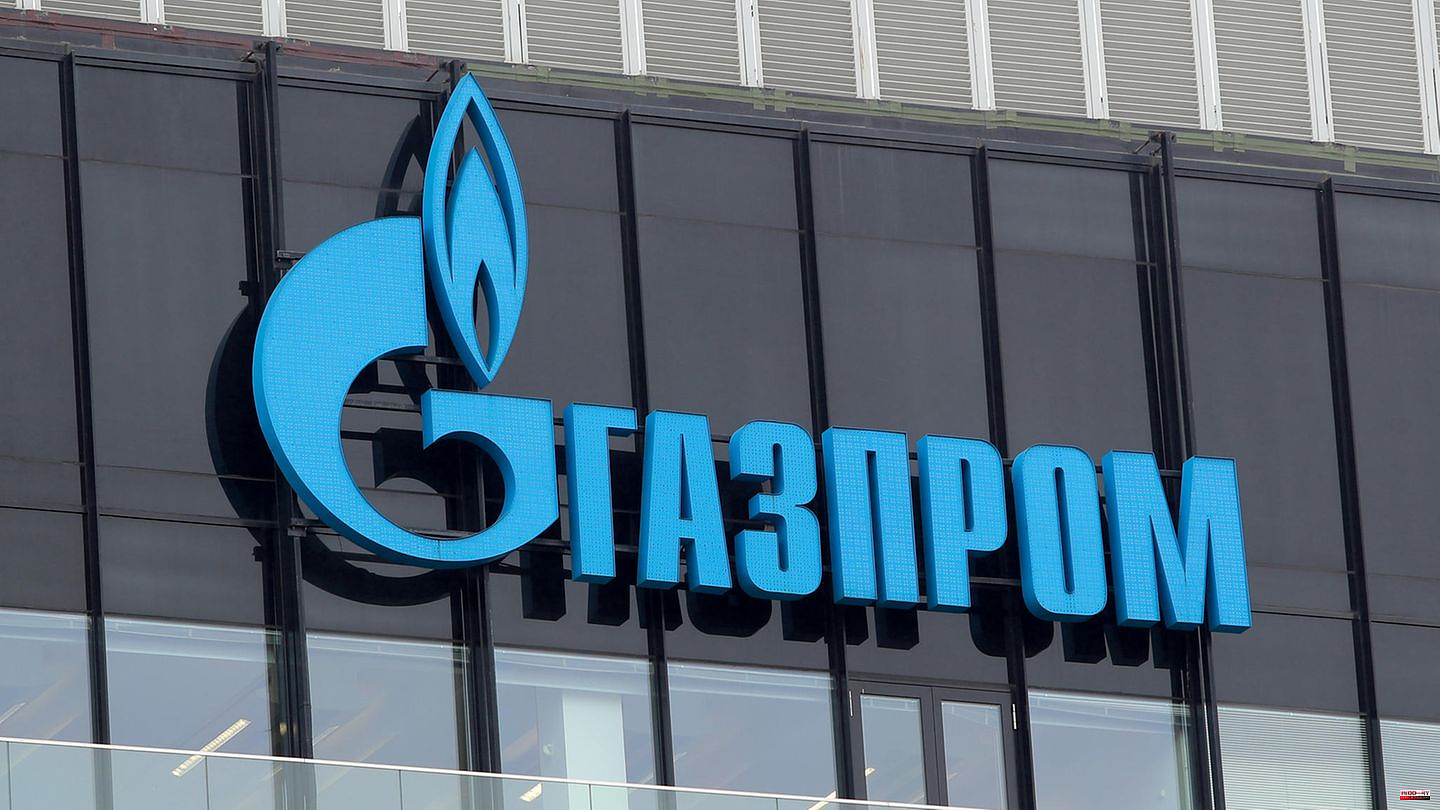As announced, Russia stopped the gas supply via the Nord Stream 1 Baltic Sea pipeline, which had been severely restricted for months, early on Wednesday morning. According to information on the Nord Stream AG website, no significant amount flowed between 3 a.m. and 4 a.m. In the hour before, it had therefore fallen.
The Russian state-owned company Gazprom had announced that the pipeline would be closed from August 31 to September 2 for maintenance work. On Wednesday morning, Gazprom announced on the Telegram news channel that "supply via Nord Stream has been completely stopped". Scheduled maintenance work begins on a compressor station.
According to Gazprom, the only remaining turbine in the Portovaya compressor station, which is upstream of the pipeline, needs maintenance. The head of the Federal Network Agency, Klaus Müller, however, had said that the maintenance work was technically incomprehensible. He considers references to Siemens Energy turbines to be advanced.
Russia had also referred to the lack of turbines in connection with the reduction in the volume supplied via the pipeline. Recently, only about 20 percent of the maximum possible amount came through the pipeline. Doubts about the justification for the throttling come from the federal government, for example.
Despite Western sanctions, Gazprom claims to have made record profits in the first half of the year. A net profit of 2.5 trillion rubles was achieved - that's the equivalent of 46.5 billion euros.
The state-owned company pointed out via Telegram that the result had been achieved despite punitive measures due to the Ukraine war against Russia and an "unfavorable environment". Gazprom will now pay each shareholder 51.03 rubles per share. In the spring, the energy giant had dampened expectations for 2022.
Kremlin spokesman Dmitry Peskov reaffirmed on Tuesday that Russia is a reliable supplier and willing to meet its obligations. He justified the current delivery cuts with technical problems that the West caused itself through its sanctions. He denied a political background to the upcoming delivery break.
It is considered at least likely that the gas will flow again from September 3rd. After the last shutdown for maintenance in July, Gazprom subsequently resumed transit as well. The independent Internet medium "The Bell" explained the logic behind it back then by saying that otherwise the Kremlin would rob itself of its own flexibility. Even with reduced deliveries, Russia could still threaten a further cut in deliveries. When the delivery is stopped, the potential threat is a thing of the past.
In addition, complete isolation from the European market would also have a severe impact on the Russian budget. Moscow is currently in the comfortable position of being able to get more out of exports financially despite the lower physical delivery volumes due to high prices.
Another reason that speaks in favor of maintaining transit – at least to a limited extent: otherwise Gazprom would have to shut down and conserve its production capacities. A large-scale diversion of gas flows to Asia is not possible, since the pipeline system in this direction is still poorly developed. Of the 720 billion cubic meters that Russia produces, a good 200 are exported, 130 of them to the EU area.
China, on the other hand, is only buying a good ten billion cubic meters, even if sales are increasing in that direction. This is one of the reasons why Russia flares off the gas that it cannot deliver to Europe.
Gazprom has not yet given a new date for the next shutdown. But according to the group, the last remaining turbine in the Portovaya compressor station has to be serviced every 1,000 working hours. The next stop should therefore be in mid-October.
The storage operators expect that natural gas can continue to be stored in Germany even without Russian gas, possibly to a slightly reduced extent. The industry association Initiative Energies Storage (INES) refers to the daily amount of storage: it is currently several times what was last brought to Germany through the Baltic Sea pipeline.
The reservoirs were recently filled to over 83 percent. The 85 percent mark is likely to be reached in the coming days, around four weeks before the October 1st deadline. By November 1st, the reservoirs should then be at least 95 percent full. The storage association calls this goal "challenging". And: "If Nord Stream were to fail completely, it would be a little more difficult to achieve that," says Association Managing Director Sebastian Bleschke.
Gas market expert Heiko Lohmann from the energy information service Energate does not expect the maintenance work to have a major impact. When the maintenance was announced, prices went up. Therefore, the maintenance is already "priced in". "The exciting question is what will happen after the three days," says Lohmann. He expects prices to go back up if deliveries don't resume. Conversely, he sees "room for improvement" should deliveries continue after the maintenance.
In May, the pipeline was busy almost every day. At the beginning of June, delivery volumes gradually decreased. From June 17, they were at 40 percent of maximum capacity. After the ten-day maintenance in July, the delivery quantity was again at 40 percent for a few days, only to be throttled to around 20 percent from July 28.
Important actors do not like to use the word "breach of contract". As Germany's largest importer of Russian natural gas, Uniper recently reported: "Since June 14, Uniper has only received part of the contractual gas delivery volumes from Russia." In the meantime, 80 percent less would be delivered. And the Federal Ministry of Economics reports on request: “The companies have contracts with Gazprom for full capacity, which are currently only being adhered to to a limited extent. From our point of view, there is no reason, not even technically, not to use Nord Stream 1 to a higher capacity.”







